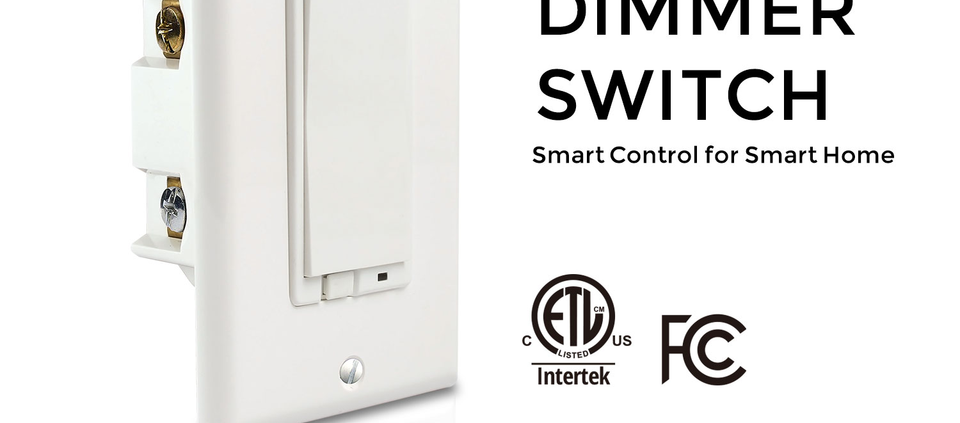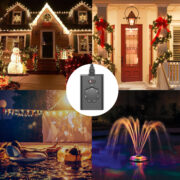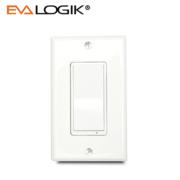About family automation controller you need to know
About family automation controller you need to know
About family automation controller
The downsides are reduce reliability, latency and increase data usage. A cloud controller is non-functional when your cloud connection is interrupted (e.g. your router/ISP is down, general DNS problems or the cloud service is down), meaning any automations that should run when the internet is unavailable will be delayed or may never happen.
Latency is the lag between a trigger and the automation completing. A simple event of a wireless switch turning on a smart bulb requires a connection over the internet to a server, the server determines the action, communicates that down over the internet to the switch which then turns on the lights. Many people are sensitive to delays of 100ms (0.1s) or more, which means that in cases without fast internet there is perceptible lag.
The data usage is usually only a concern for people on metered plans or slow internet like DSL as the data usage per device under normal usage should be relatively low. Having a hubless design where each device syncs to the cloud independently does take more data than a single controller communicating with remote servers. Also it is not unheard of for a device to malfunction and check in with the cloud constantly, consuming gigabytes of bandwidth. It is rare, but each additional device increases the odds.
The worst case scenario for cloud based platforms is a total shutdown. This has happened before (e.g. hubless Insignia devices, cloud service Stringify, hybrid controllers from Iris, Revolv, StaplesConnect, etc). Some devices retain limited functionality or can be transferred to another controller but most of the time the devices become non-functional and have to be replaced.
Hybrid controllers, like SmartThings & Zipato, will retain some limited local functionality when the cloud is unreachable but the specific capabilities will vary by controller.
Local controllers will operate with or without the internet. This makes them ideal in areas where internet service is unreliable, you need absolute reliability, or want events to trigger when the internet is down. If a device is malfunctioning and checking in constantly, it will not consume metered data.
Local controllers usually cost more than “hubless” cloud controllers or hybrids as they include computing power and fully operational software. They often have additional capabilities like support for multiple protocols and radios. Many local controllers fo have the option for automatic updates when the internet is available, which mitigates the administration overhead.
Offsite Control To control your system while not at your home will require some kind of cloud service. It is usually provided by the vendor as a mobile app or a web page. It is often free but may require a subscription.
You could build your own remote access system. It would involve setting up a DMZ,hosting a VPN service at your house, paying for a dynamic DNS cloud service link to your router. And then using a VPN client on your mobile device to connect to your house.
Note: Unless you are knowledgeable about networking, you should avoid opening ports in your firewall. This introduces additional risks of virus, malware, ransomware, etc. In various tests, devices are scanned for open ports within an hour of being connected to the internet.







